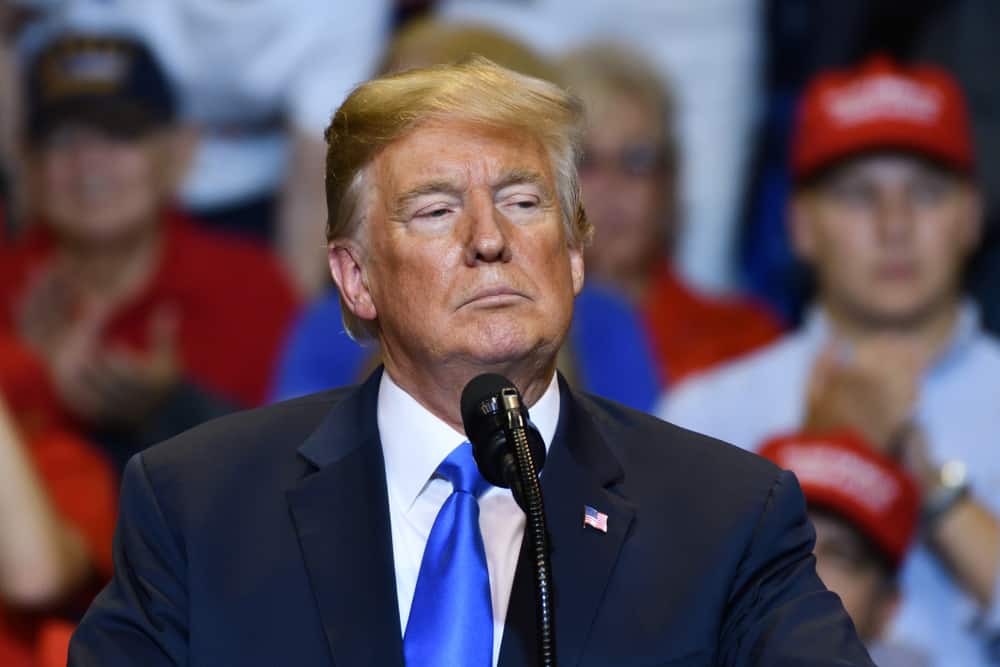
The so-called safe haven currencies were back in business on Tuesday and into Wednesday after suggestions that the trade battle between the US and China could be about to worsen.
President Donald Trump hinted on Tuesday that the much-discussed deal between the two nations might not kick into action until the 2020 US presidential election has occurred.
Trump, who is a candidate in that election, confirmed that there was “no deadline” in place for the talks, which have persisted for months.
Analysts are now describing the prospect of a deal as weakening.
This perception was enhanced by a suggestion from US Commerce Secretary Wilbur Ross that there are no decision-maker level conversations in the pipeline between the two sides – although more junior staff are keeping lines of communication open.
A more pressing worry for global investors is the possibility that planned tariff hikes on Chinese items, which are due to kick in in mid-December, may remain on the cards – despite worries about the effect these could have on growth.
All kinds of products are expected to be hit by this, including laptops and mobile phones.
Many international currencies felt the effects of these developments.
The offshore Chinese yuan was down to 7.0738 per dollar, which was its worst performance in six weeks. The offshore version of the currency is traded on the open market internationally.
The more centrally-controlled onshore yuan was seen at its worst position since the end of October.
It was noted to have dropped by 0.1% and was spotted at 7.0692 at one stage.
The dollar index, an artificial tool which tracks the performance of the currency compared to several others around the world, was down to its worst position in a month.
It was seen at 97.768 at one stage.
However, the primary beneficiaries of the developments were the safe haven currencies.
The Japanese yen, for example, was seen at 108.60 in its pair with the US dollar on Wednesday.
This represented a performance close to its best since 22nd November.
The Swiss franc was seen at a position closest to its best since early November – at 0.9875 against the US dollar.
The latest trade developments came against a backdrop of enhanced US anti-trade sentiment.
This week, the US President has already threatened France, Brazil and Argentina with major tariffs.
For France in particular, the US government said it was considering whether or not to impose tariffs that could rise as highly as 100% on imported items – although it is not currently clear whether or not this will go ahead.
One of the only non-safe haven currencies to rise on Tuesday and into Wednesday was the British pound, which was up in its pair against the US dollar.
It was seen at $1.2993 at one stage, which was its best performance since the middle of May.
Britain is set to go to the polls in a week from tomorrow in a general election which is likely to heavily shape the outcome of Brexit.
 Between 74-89% of CFD traders lose
Between 74-89% of CFD traders lose  Your capital is at risk
Your capital is at risk  Your capital is at risk
Your capital is at risk  Your capital is at risk
Your capital is at risk